









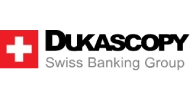



26
Years of experience
Trusted by 9,500+ global brands and organizations
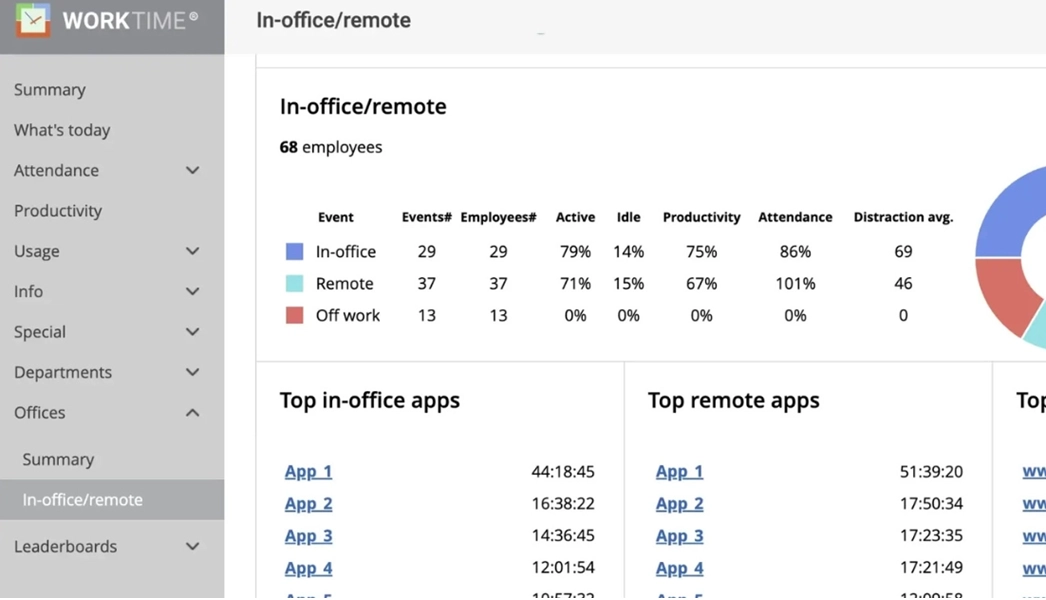


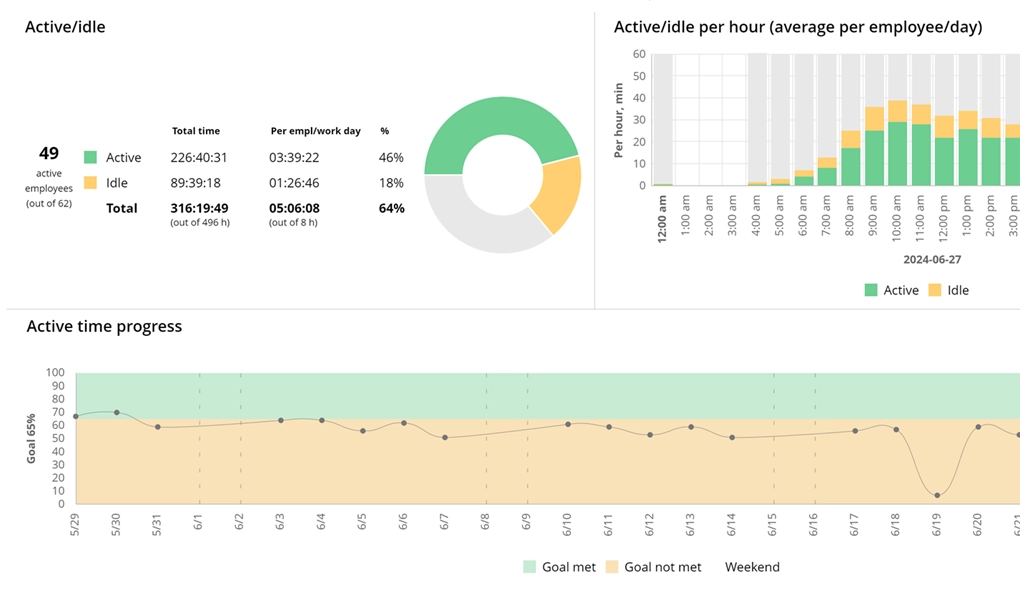
Track active/idle time for the entire outsourced team, departments, or individual employees. Track active time progress. Use active time leaderboards to engage outsourced employees.
WorkTime is Green monitoring software for outsourcing agencies, the only non-invasive monitoring on the market.
GDPR compatible
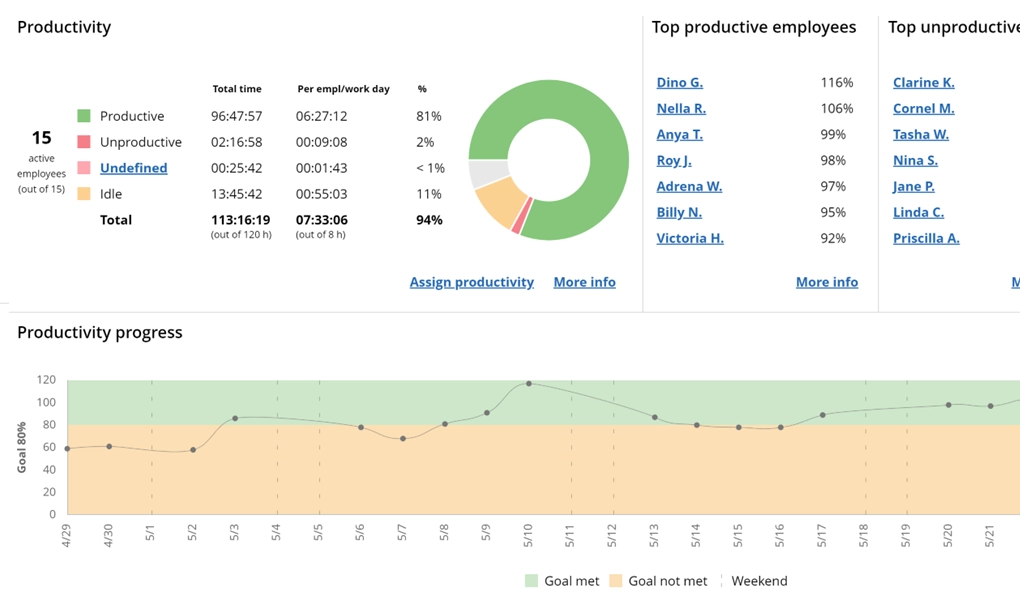
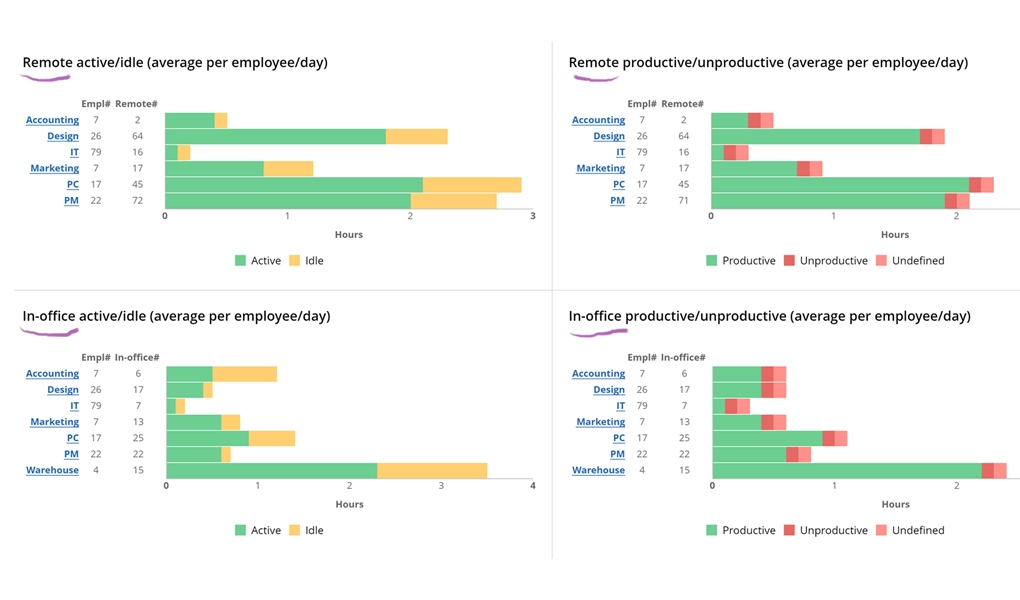

Rescue medical services
20
Canadian Rescue Medical Service saved big with WorkTime. By using monitoring software company identified remote worker overcharges, optimized productivity, and achieved significant cost savings.
Read moreper employee saved
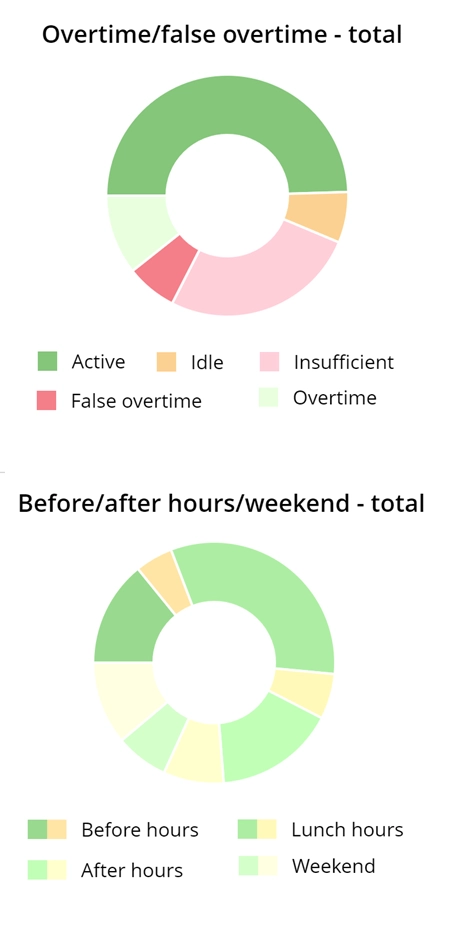
Define productivity, attendance, and active time goals to track performance progress of outsourced employees.
Learn moreMonitor what is on the screens of outsourced teams in a non-invasive way.
Learn moreTrack the software used by outsourced employees.
Learn moreTrack how much time outsourced employees spend in online meetings.
Learn more